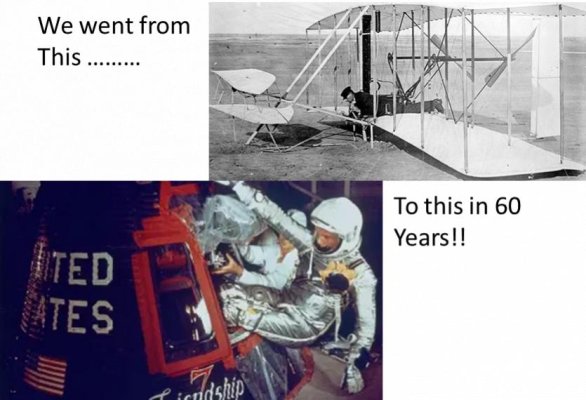backinblue
Guru
- Joined
- Jan 29, 2019
- Messages
- 3,937
- Location
- USA
- Vessel Name
- Blue Moon
- Vessel Make
- Mainship Pilot 355
A friend had a troublesome small Merc (3.5 hp). I had the same engine and lots of starting problems. He went with a 2 HP air-cooled Yamaha. Seems more reliable and easy to use, but noisy as hell. It's like sitting with your head a couple feet from a lawnmower. I went with the eProp which is virtually silent. In fact it's so quiet my wife is still having trouble getting used to it because there is no noise feedback to tell you how fast it's running. It's alledegedly about 3 HP and fine for my small inflatable. It easily breaks apart into 2 pieces (battery and motor), each less than 20 lb so easy for both of us to handle. When done using, I don't have to worry about running it dry or leaking gas. I put it in its carry case and can throw it on a bunk or wherever is convenient. No special handling or positions for storage. It can be upside down, it doesn't matter.

